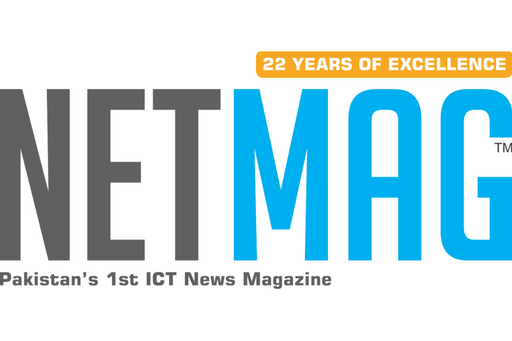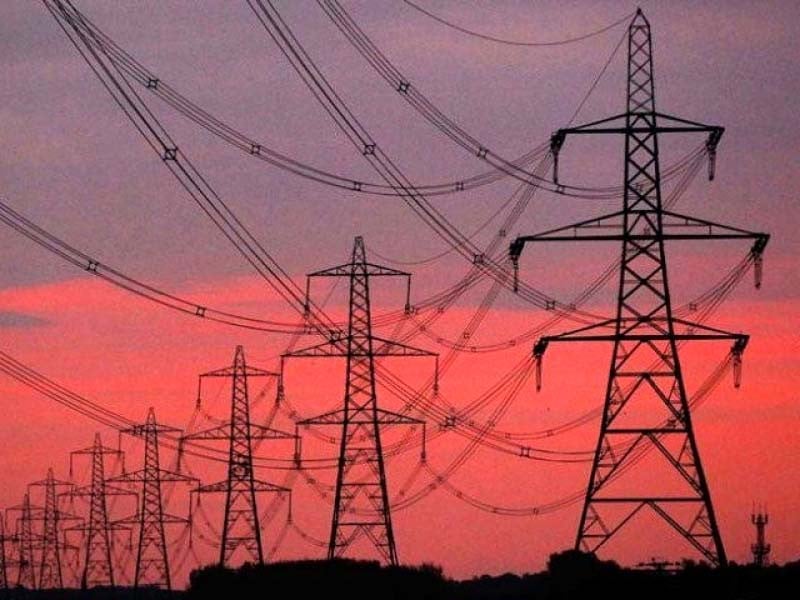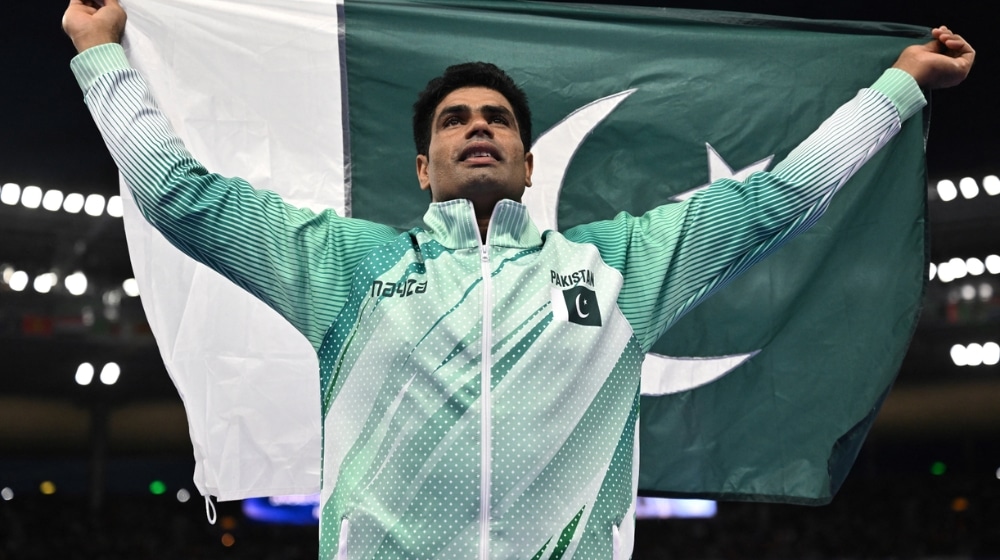Panel Discussion Highlights Energy Tariff Challenges in Pakistan
At a recent panel discussion hosted by the Sustainable Development Policy Institute (SDPI), experts addressed Pakistan’s escalating energy prices and the challenges of the current tariff structure. The seminar, part of SDPI’s Monday Seminar series and organized by the Network for Clean Energy Transition (NCET), focused on “Pakistan’s Electricity Tariff Structure: Insights and Key Determinants.”
Dr. Khalid Waleed, a Research Fellow at SDPI, provided an in-depth analysis of Pakistan’s electricity tariff structure. He noted that residential consumers, categorized as A-1, make up 89% of the consumer base and account for 48% of total electricity consumption, contrasting with global trends where industrial consumers are the primary users. Commercial consumers, classified as A-2, represent 9% of the consumers and 7% of the consumption.
READ MORE: “Retailers in 42 Cities to Face Monthly Tax Under New FBR Scheme”
Dr. Waleed explained the high electricity bills in Pakistan by detailing the tariff components. The capacity charge, which covers fixed operational costs, maintenance, debt servicing, and other expenses, is significantly higher than the generation charge. Energy prices are expected to rise from Rs. 0.84 trillion in FY24 to Rs. 1.16 trillion in FY25, with unit costs increasing from Rs. 10.94 to Rs. 15.65. The Capacity Price (CP) is projected to grow from Rs. 1.847 trillion to Rs. 1.95 trillion, constituting Rs. 18.39 per unit or 60% of the total tariff. Additionally, electricity bills include taxes such as an 18% General Sales Tax (GST) and provincial Electricity Duty.
Dr. Musarat Jabeen advocated for the independent power consumer (IPC) model, promoting solar energy and individual power generation to enhance sustainability. She emphasized the need for tailored policies that address specific local needs and challenges.
Engr. Ahad Nazir, Associate Research Fellow and Head of the Center for Private Sector Engagement at SDPI, highlighted that fixed tariffs for energy-generating plants remove the incentive for competition. He proposed three models to address the issue: cost-reflective tariffs, subsidy-targeted tariffs, and decentralized tariff settings. He stressed the importance of regional tariffs to tackle electricity theft and the need for a shift towards sustainable and renewable energy sources.
Engr. Ubaid ur Rehman Zia, head of the energy unit at SDPI, discussed the complexity of Pakistan’s tariff structure, which affects household budgets, business competitiveness, and overall economic stability. He pointed out the regressive nature of the current tariffs, which disproportionately impact smaller consumers. He also noted the importance of honoring contracts with Independent Power Producers (IPPs) and exploring renewable energy options to reduce tariffs in the long run.
Zainab Babar, Research Associate at SDPI, highlighted the circular nature of the problem, including high-capacity payments and dollar indexation. She called for a dynamic approach to tariff setting, considering seasonal fluctuations in demand and the need for energy-efficient practices. Babar emphasized the importance of long-term planning and innovative solutions to revamp Pakistan’s energy policies and overall landscape.
The panelists concluded that addressing Pakistan’s energy tariff challenges requires a comprehensive strategy, combining policy reform, innovative models, and a shift towards sustainable energy solutions.




